This 1950s Los Angeles Home Is a Sanctuary for All Seasons

- Oops!Something went wrong.Please try again later.
- Oops!Something went wrong.Please try again later.
- Oops!Something went wrong.Please try again later.
More often than not the best things in life happen when you least expect them. Or as one Los Angeles couple puts it: “when you’re out of town with zero cell phone reception.” Their current home, a two-story 1950s abode in the heart of sunny Brentwood, was a lucky find. “We never even visited. One of our parents went and saw the place for us and walked us through it via a spotty FaceTime. Lo and behold, we placed an offer the same day,” says the wife.
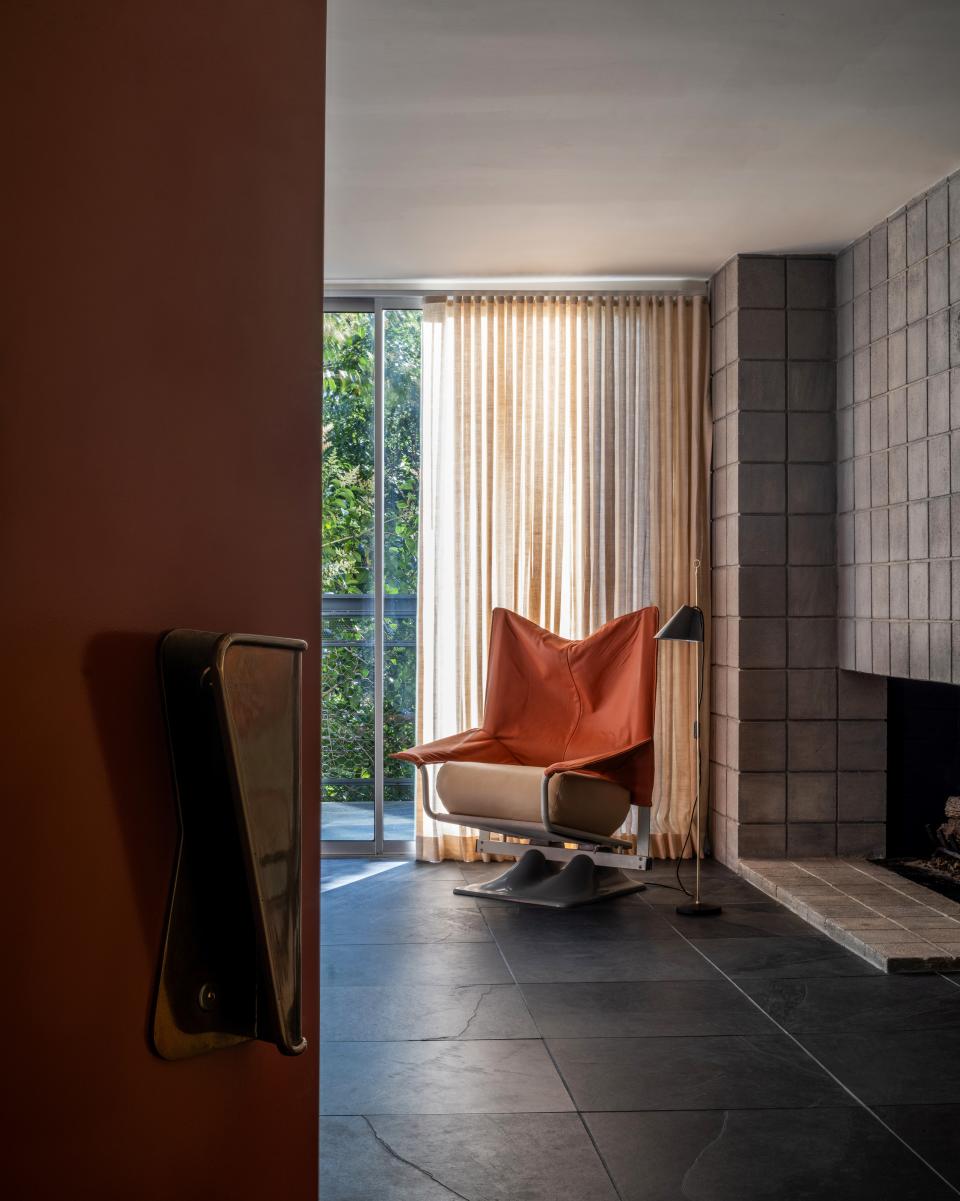
The home checked many boxes: It had a great layout, it was impossibly lush, and it was large enough for them to grow into. But it fell short on personality, and so too practicality, as evidenced by the washer-dryer wedged into the back of the primary closet. Neither problem deterred the couple, who were confident in making the place livable again with a little help from long-time friends Neda Kakhsaz and Zabie Mustafa of Los Angeles–based architecture and interior design practice Studio Muka.
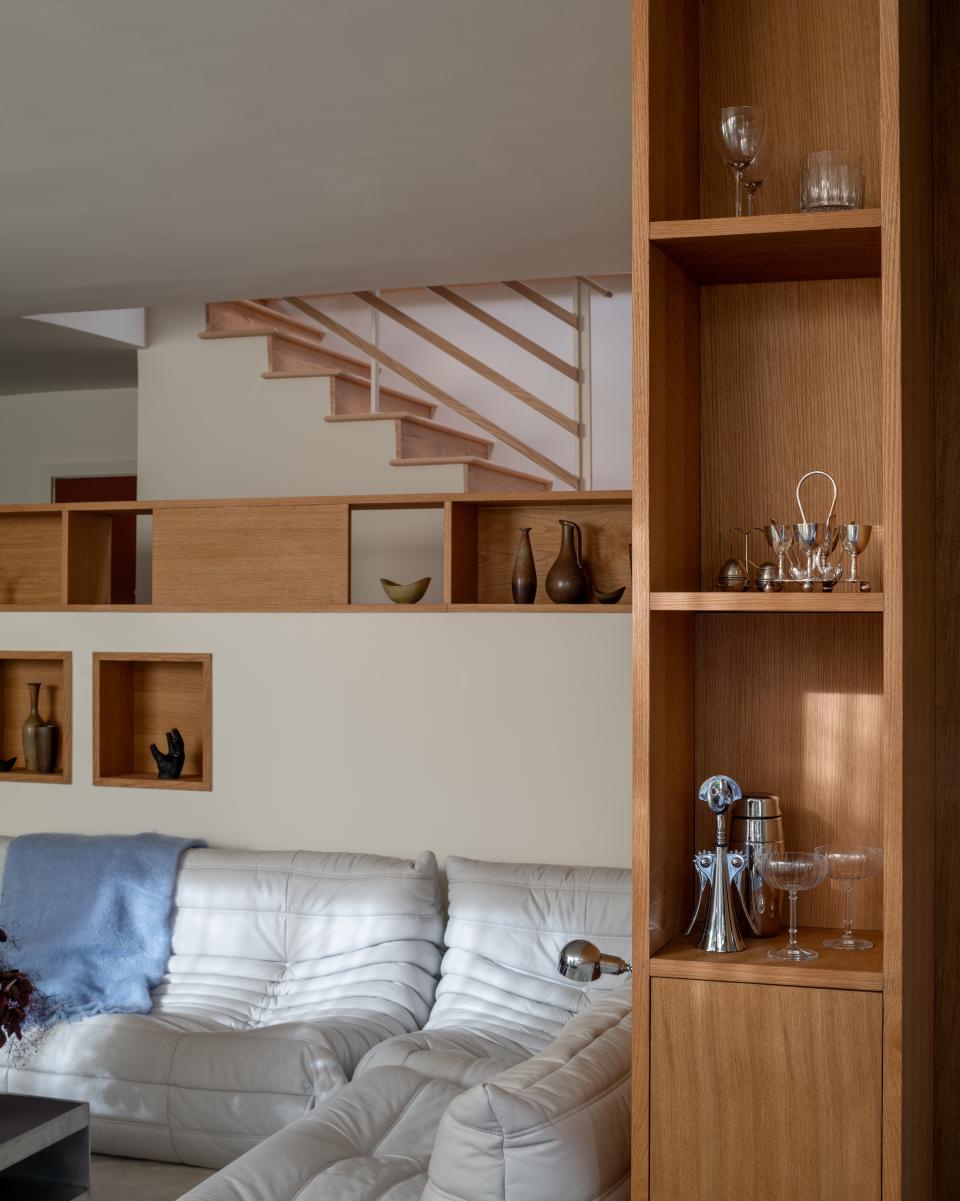
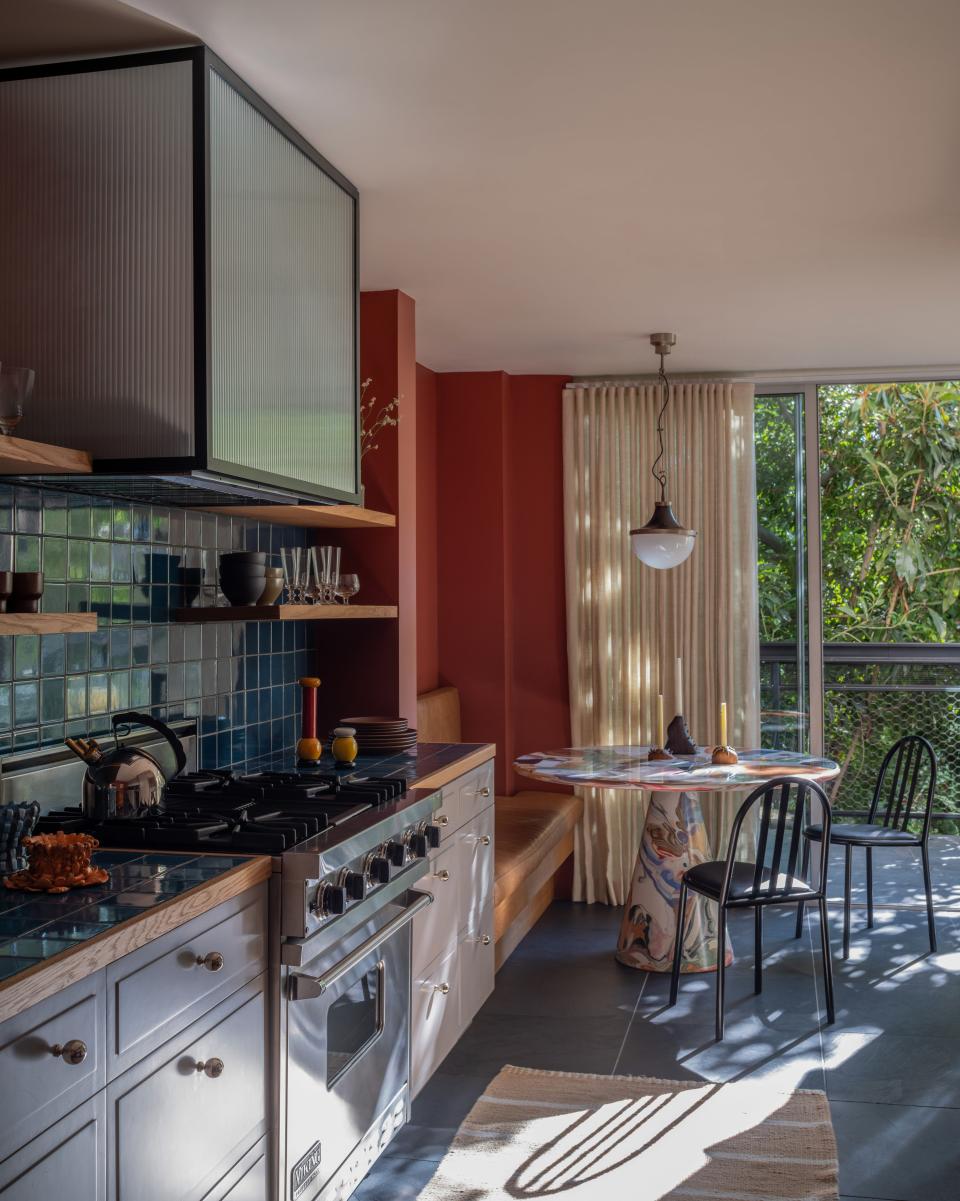
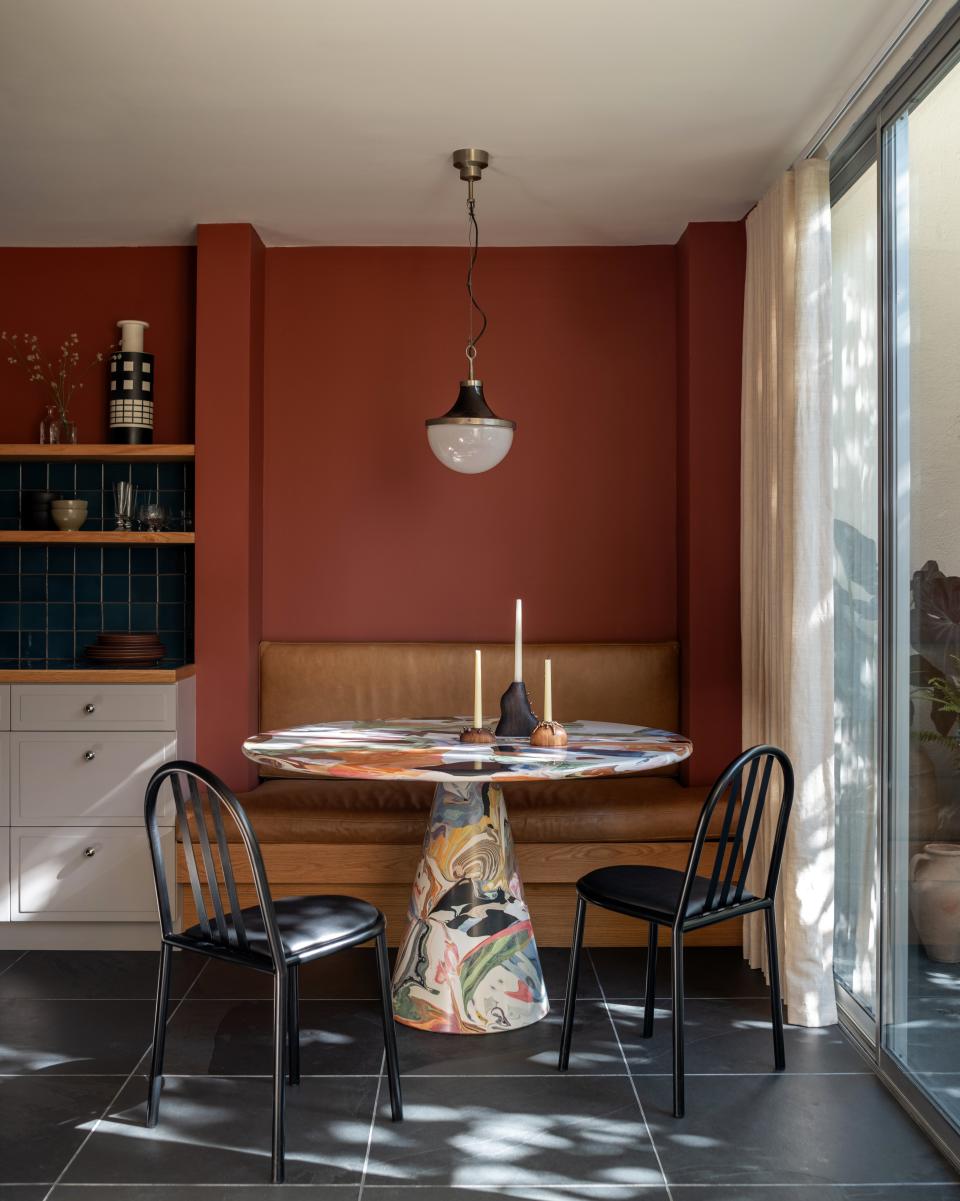
The plan, at least initially, was to keep things strictly cosmetic. “But as we took Neda and Zabie through the space, and heard all their ideas, it seemed like the possibilities were endless,” explains the husband of what would soon become a soup-to-nuts remodel. The architects didn’t have to look far for inspiration—or did, depending on which way you look at it. “The sun was our compass,” says Neda, whose cosmic rationale was rooted in good reason. Because the clients are both practicing anesthesiologists whose work keeps them in the glare of harsh fluorescent lights, it was important that the home provide the opposite experience. The architects took one leaf from the book Sun Seekers (which describes the California sun as a miracle cure for ailments), and another from the “proto wellness” ethos of the surrounding community, which was developed in the 1950s in keeping with the culture of health, wellness, and natural lifestyle that is now synonymous with West Los Angeles. “Our design objective sat at the intersection of architecture, design, and medicine,” explains Zabie.
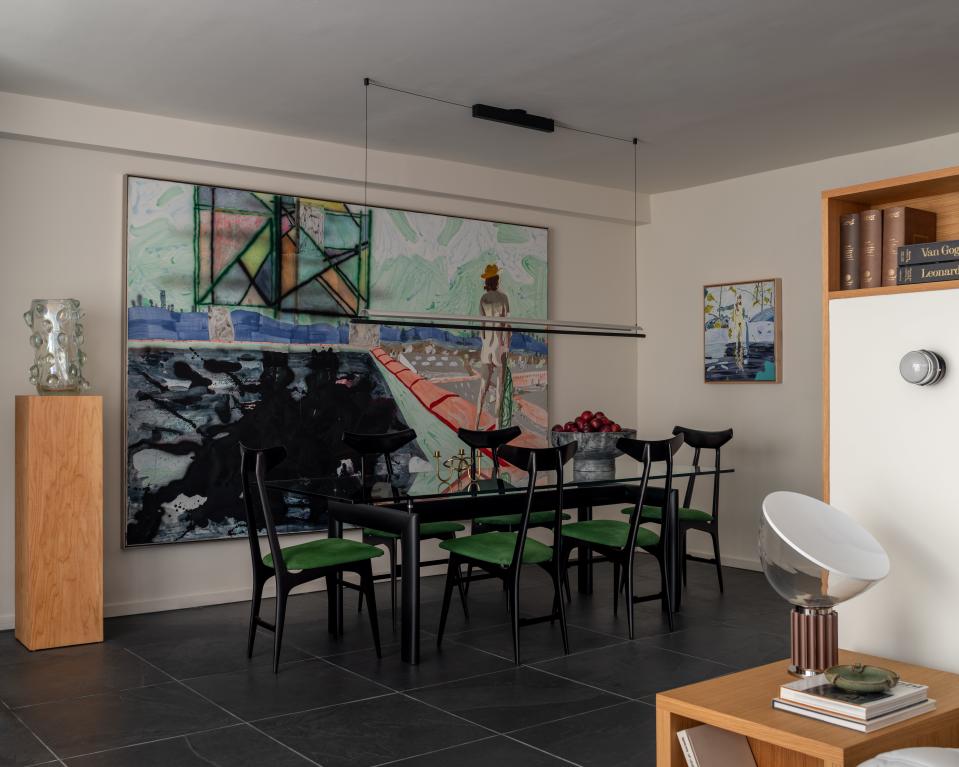
The architects didn’t just want to summon the light, they wanted to multiply it too—a feat they deemed possible only by reconfiguring the layout to make room for furniture and take advantage of the tropical terrace views. It was one thing to modernize the space, but quite another to simultaneously honor its history. Over time, much of the magic of the architecture had been lost, and as the architects saw it, it was up to them to bring some of it back. What followed was an exercise backward in time, with inspiration pulled from design heroes such as Robert Mallet-Stevens, Le Corbusier, and Charlotte Perriand. In a bid to bring back the 1950s, Neda and Zabie also espoused a modernist ethos, stripping away the strange concrete-looking epoxy floors, paring down details, and performing a balancing act of warm timbers and deep jewel tones. The blanks that remained were highlighted with art from the owners’ personal treasure trove, which, as Neda points out, “the couple had collected over the years but never had a chance to display.”
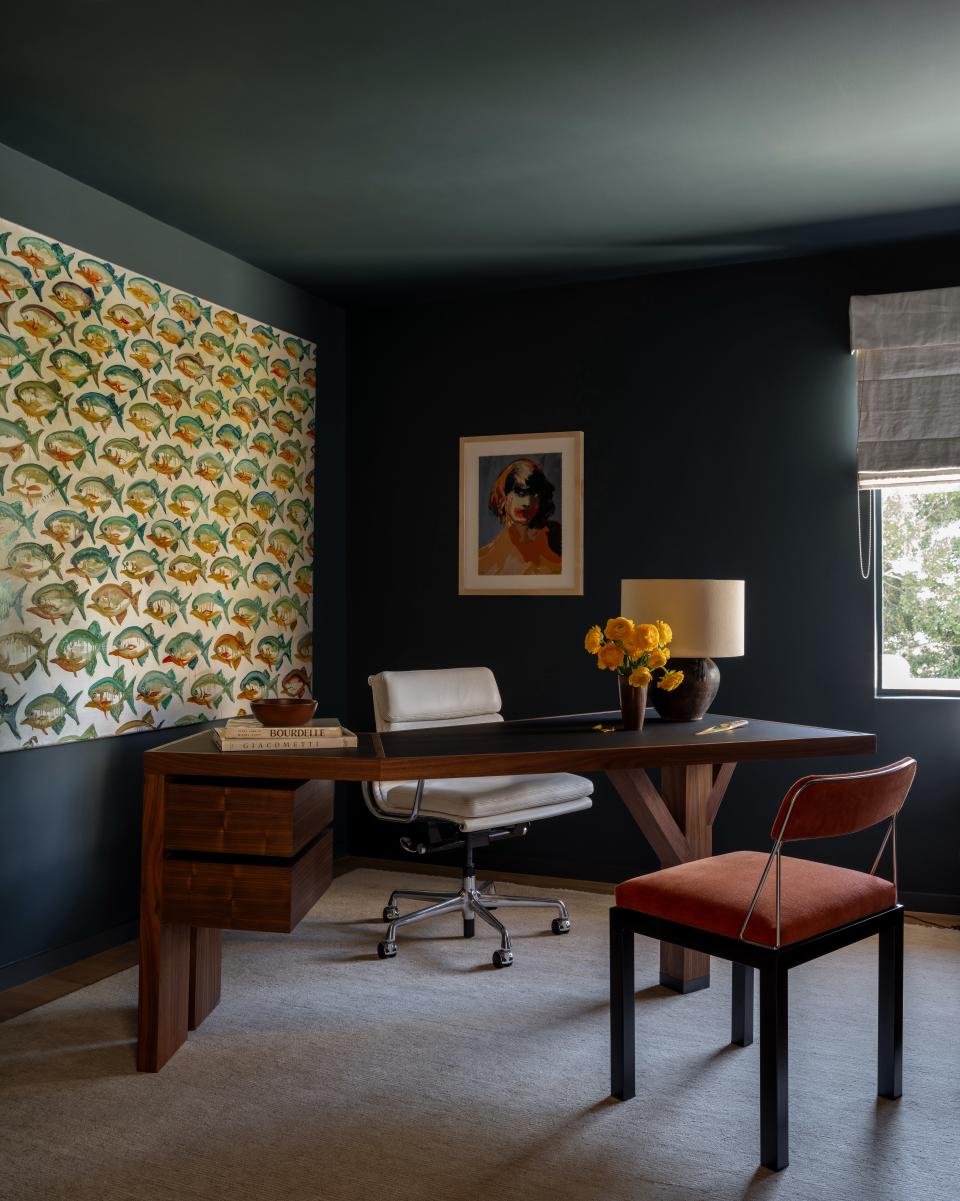
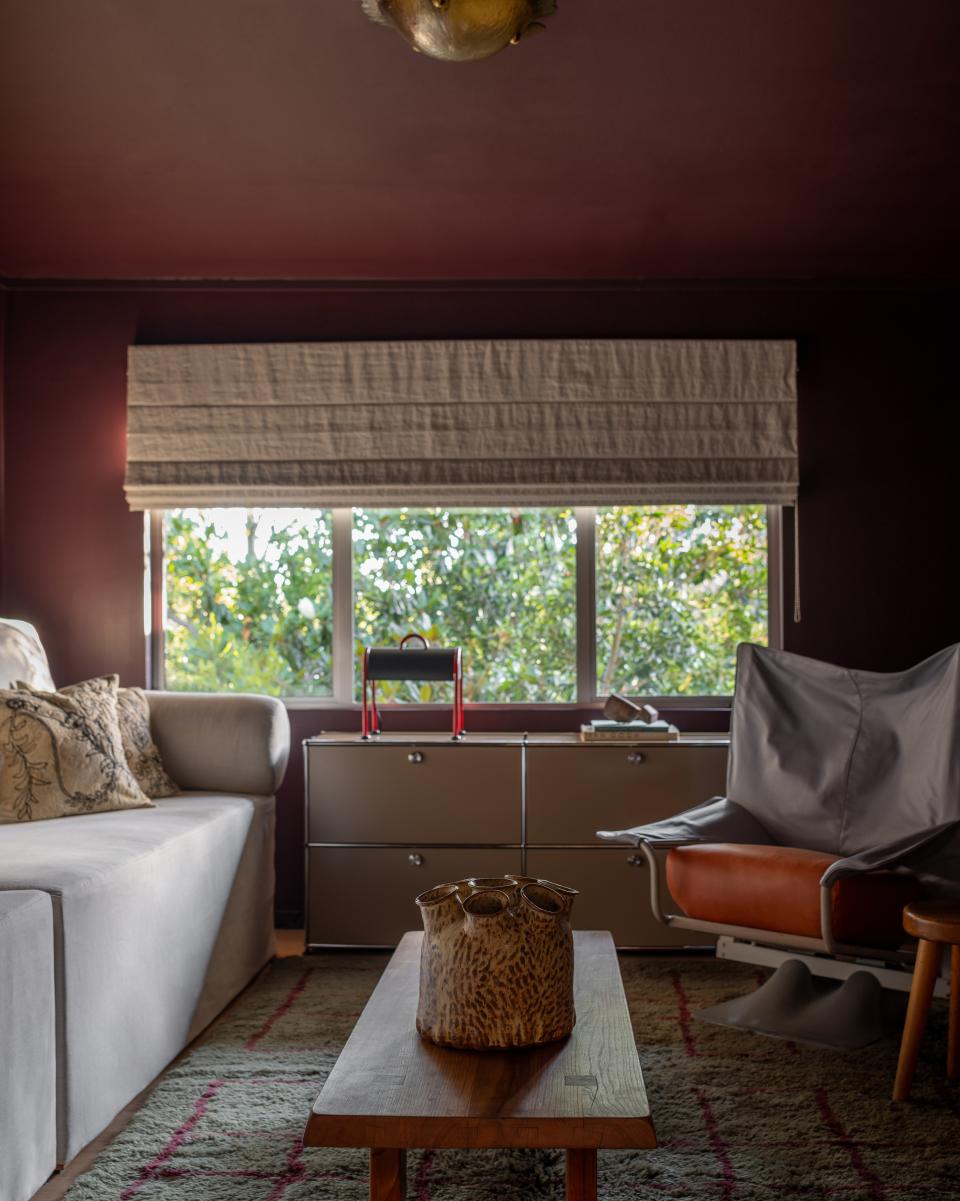
The art set the stage for the furniture, which the architects specified in colors and forms à la midcentury Europe. The selection included a 1970s Togo sofa, restored Italian dining chairs, Archizoom AeO armchairs, Robert Mallet-Stevens seating, and a vintage Sergio Mazza pendant restored by Rewire. What wasn’t vintage was made to match in spirit. Example? The mixed resin breakfast table by Dirk van der Kooij, made from recycled plastic, and the custom aluminum and linoleum coffee table, which doff their hats individually to the surrounding palette.
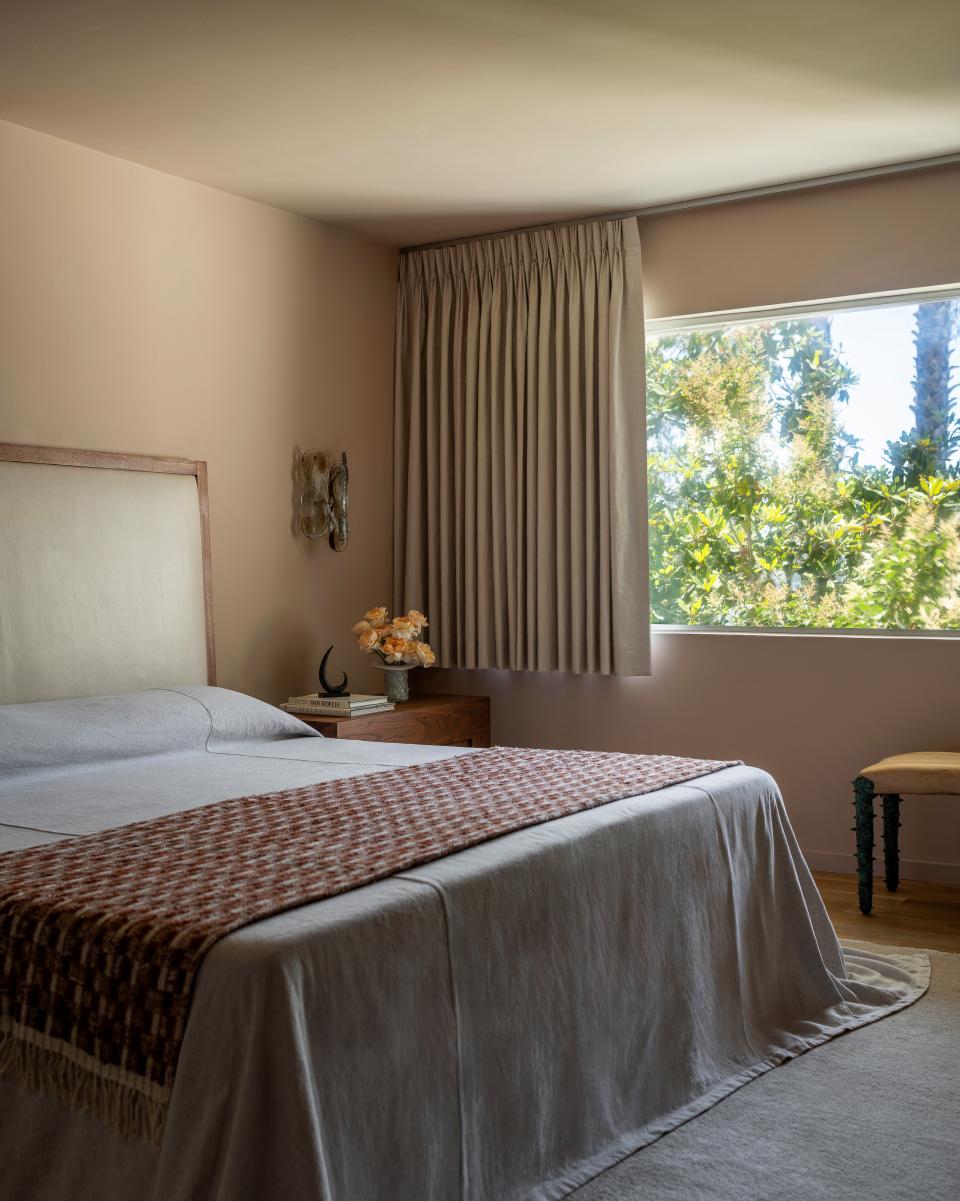
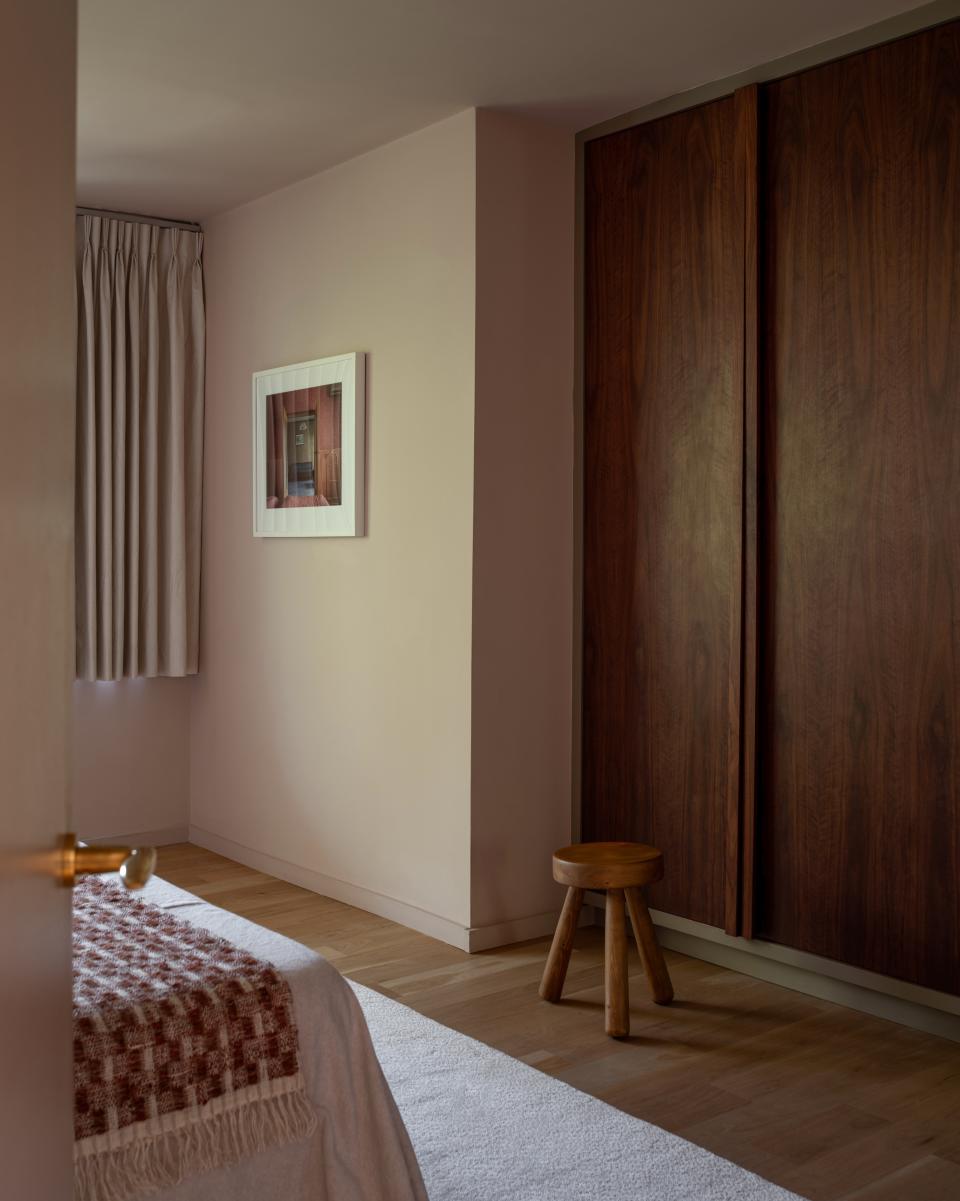

Not all laws were laid down by humans past or present. “Their cats are sensitive to certain materials, so every decision was feline-approved,” muses Zabie. This meant no synthetic fabrics. No furniture with plastic. No easy-to-mess velvet. “We started referring to the cats as clients,” Zabie continues of the pets, who the owners say chew on just about everything. “They had to channel a bit of Peter Marino for their star feline clients,” jokes the wife.
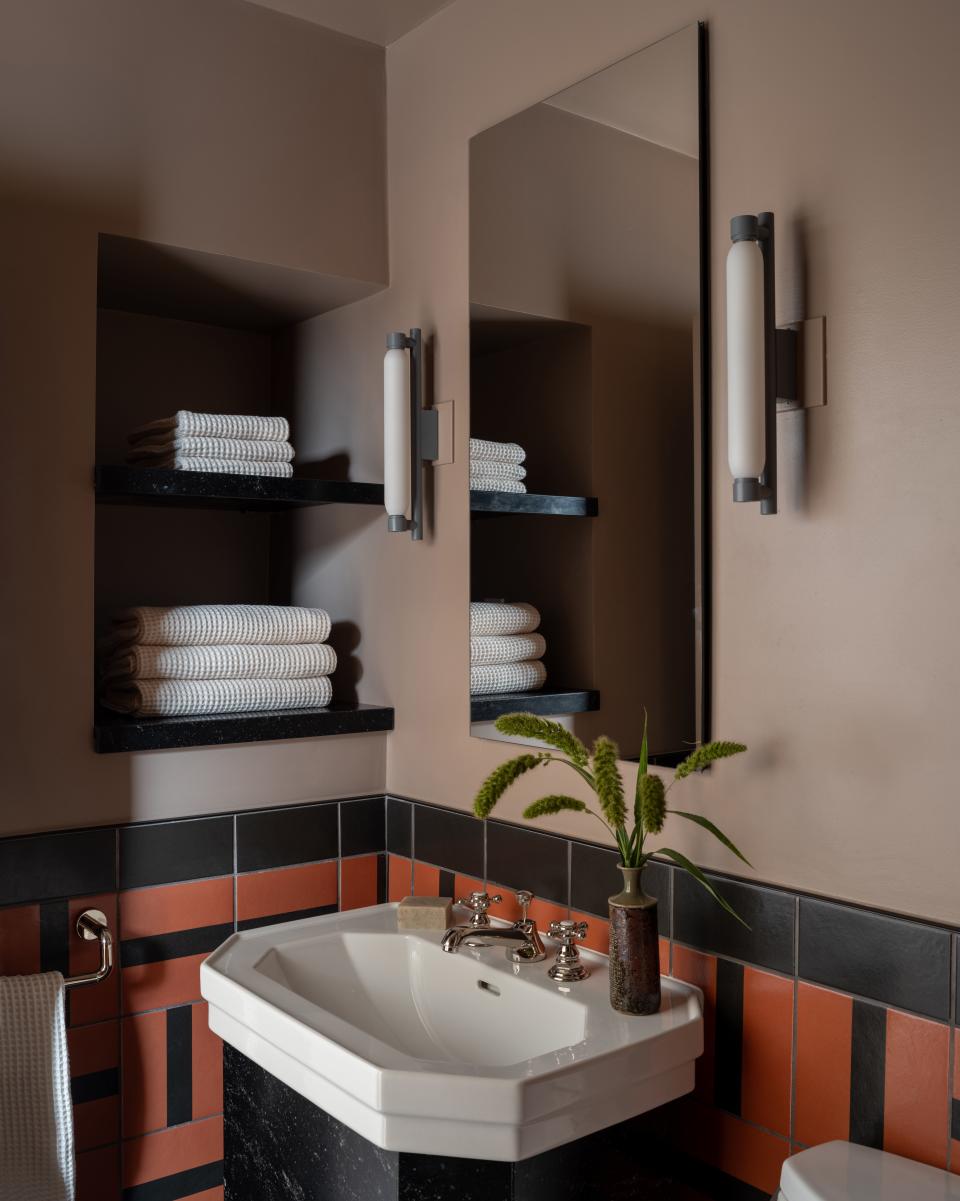
As the owners explain, there’s lots to love about the home: the easy flow between interior and exterior, the use of vibrant and unexpected color in each space, the way the living room and the ravine mirror one another through the sliding glass windows downstairs. “It’s an organic showcase from morning to afternoon to evening,” says the husband. “Here, there’s always something to marvel at.”
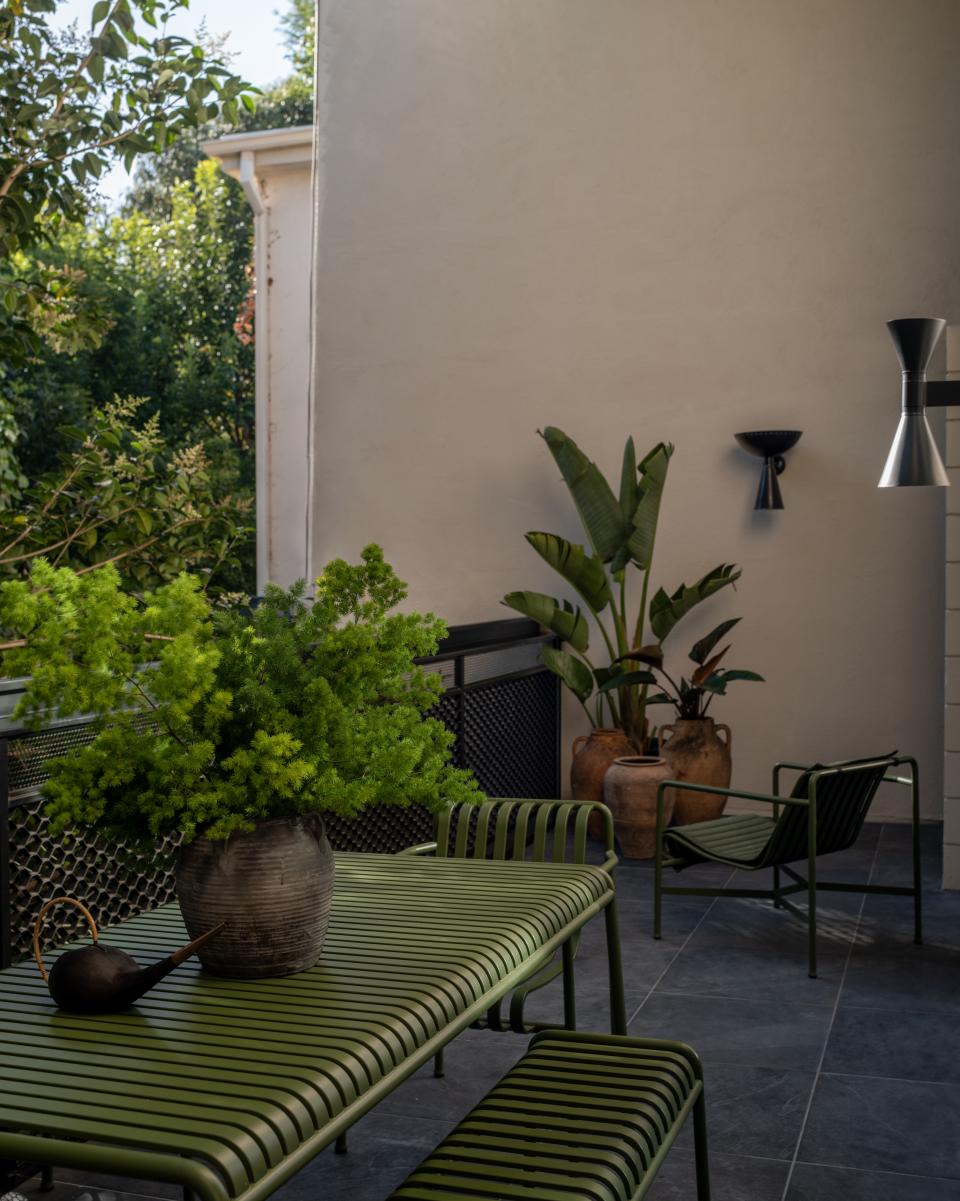
Originally Appeared on Architectural Digest
More Great Stories From Clever
The Very Best Sectional Sofas, Tested and Reviewed by Our Editors
In Coastal Maine, a Writer-Carpenter’s Restored Home Is a Vision in Yellow
Korean Minimalism Is Inspiring a New Generation of Creatives
Color Drenching: Everything You Need to Know About This Monochromatic Trend
Browse the AD PRO Directory to find an AD-approved design expert for your next project.
Not a subscriber? Join AD for print and digital access now.

